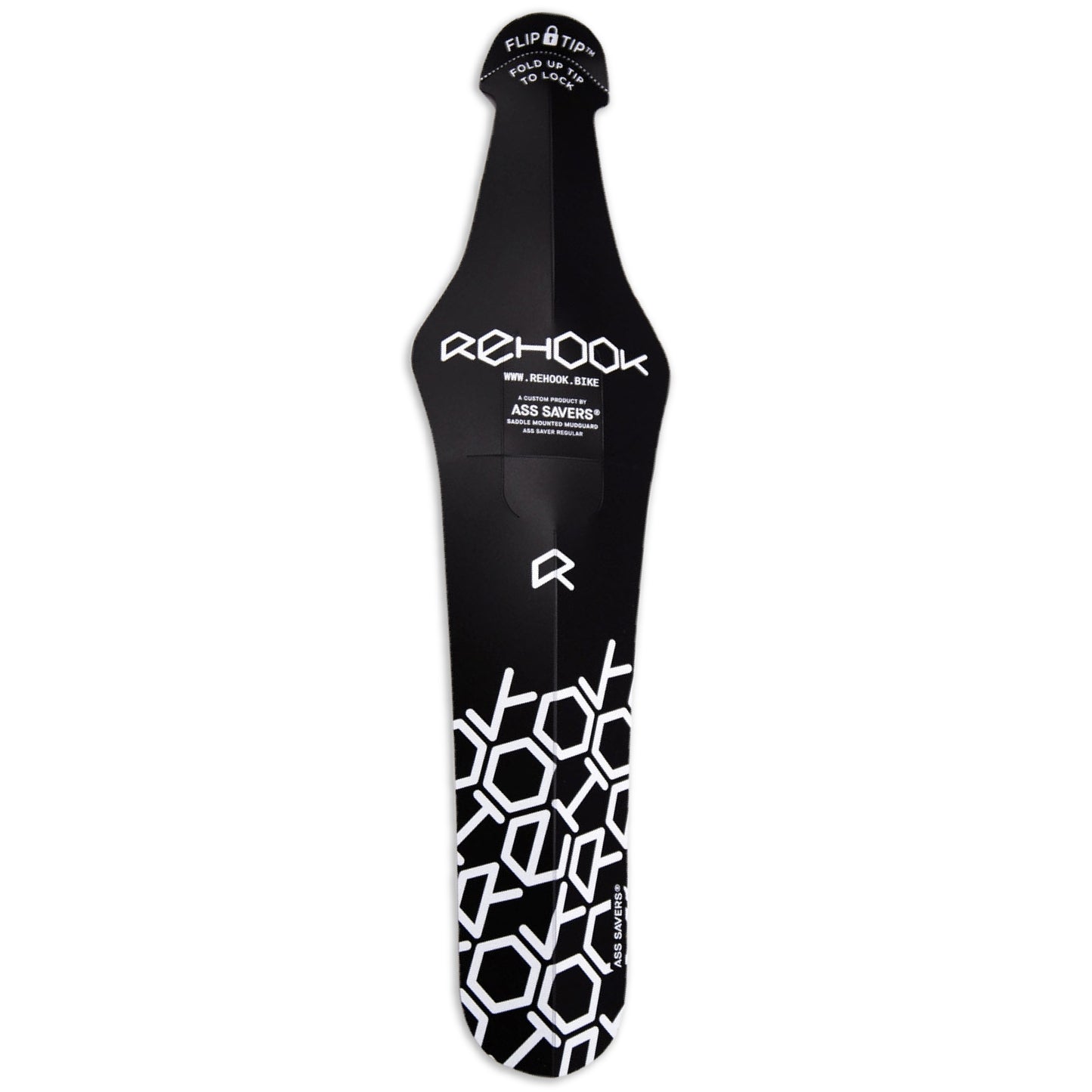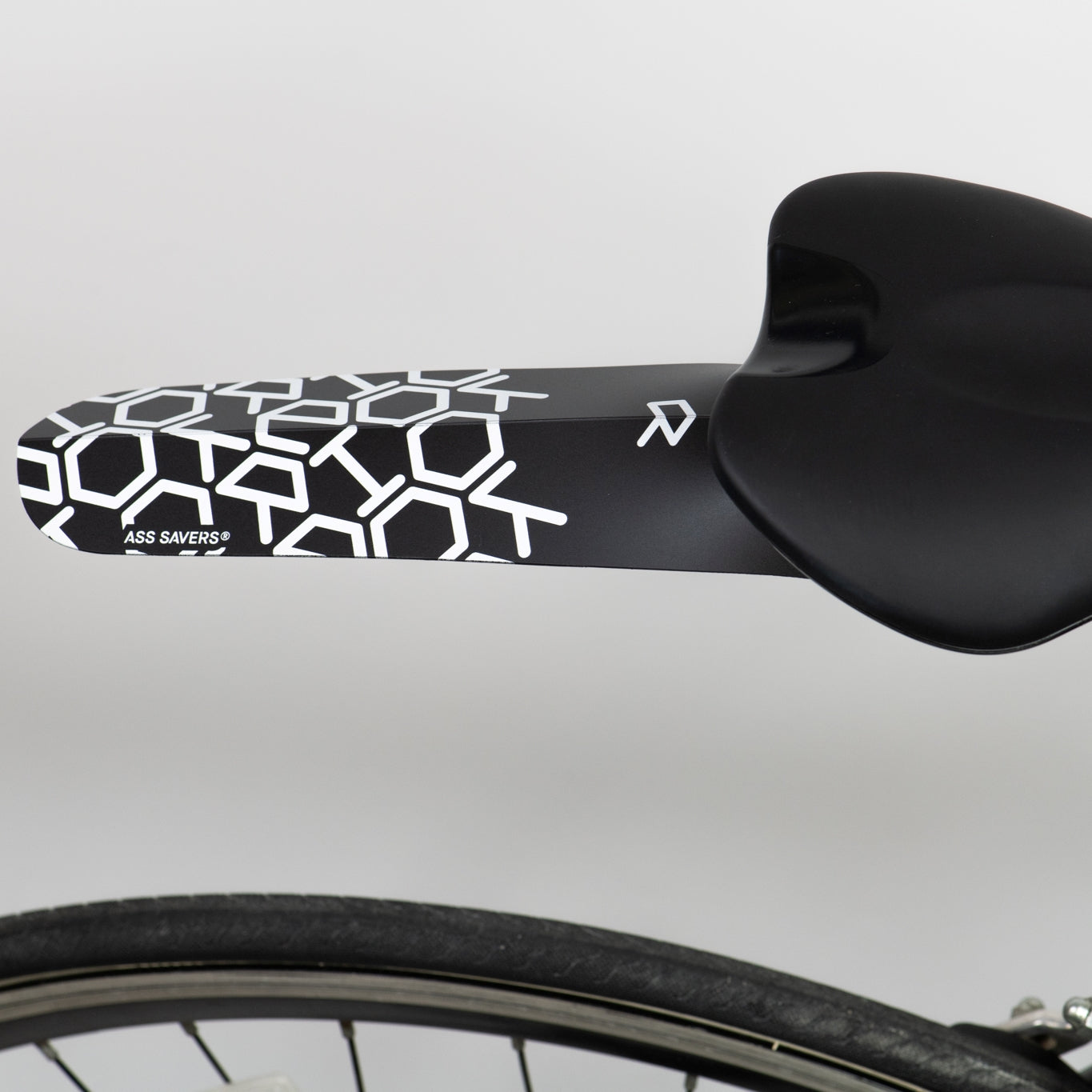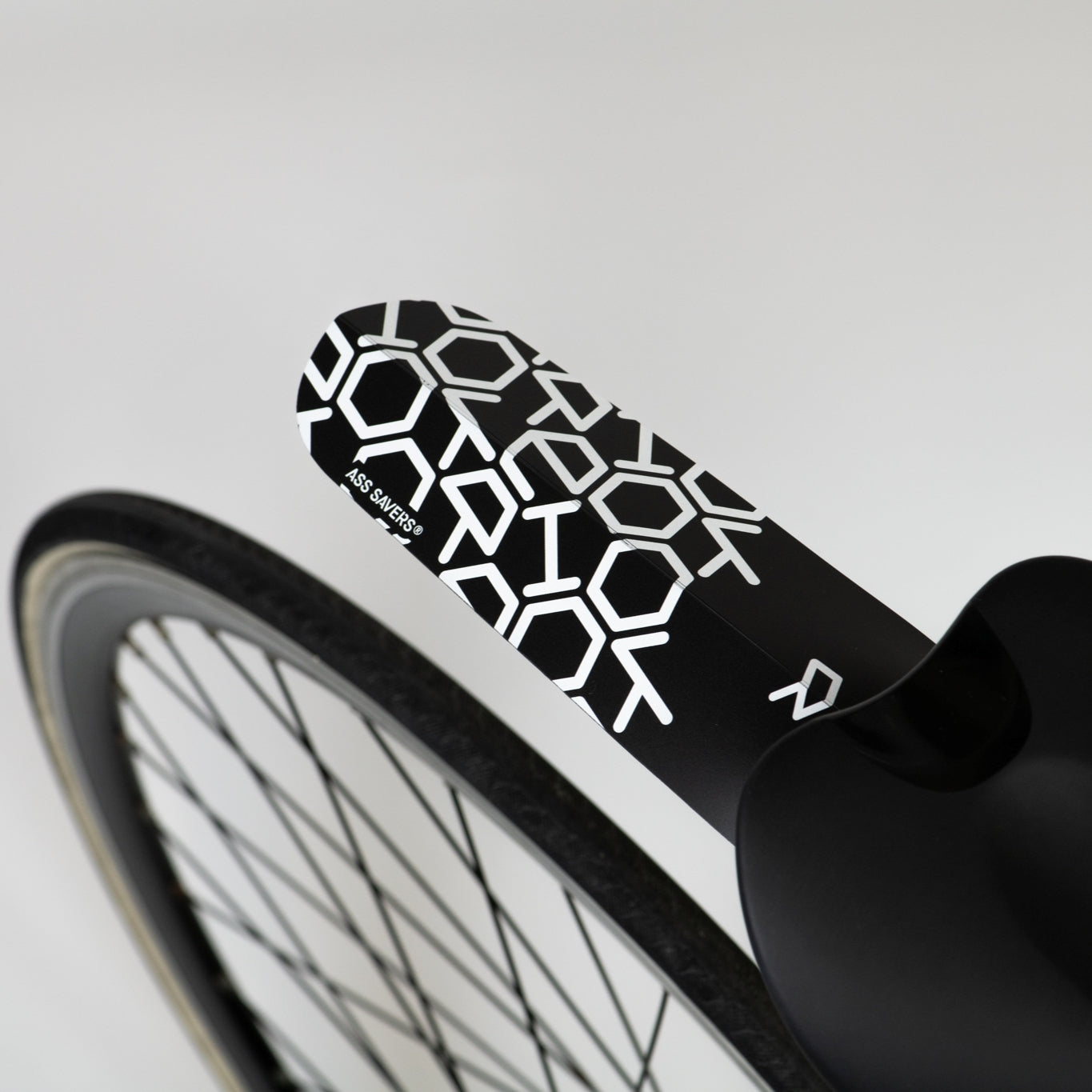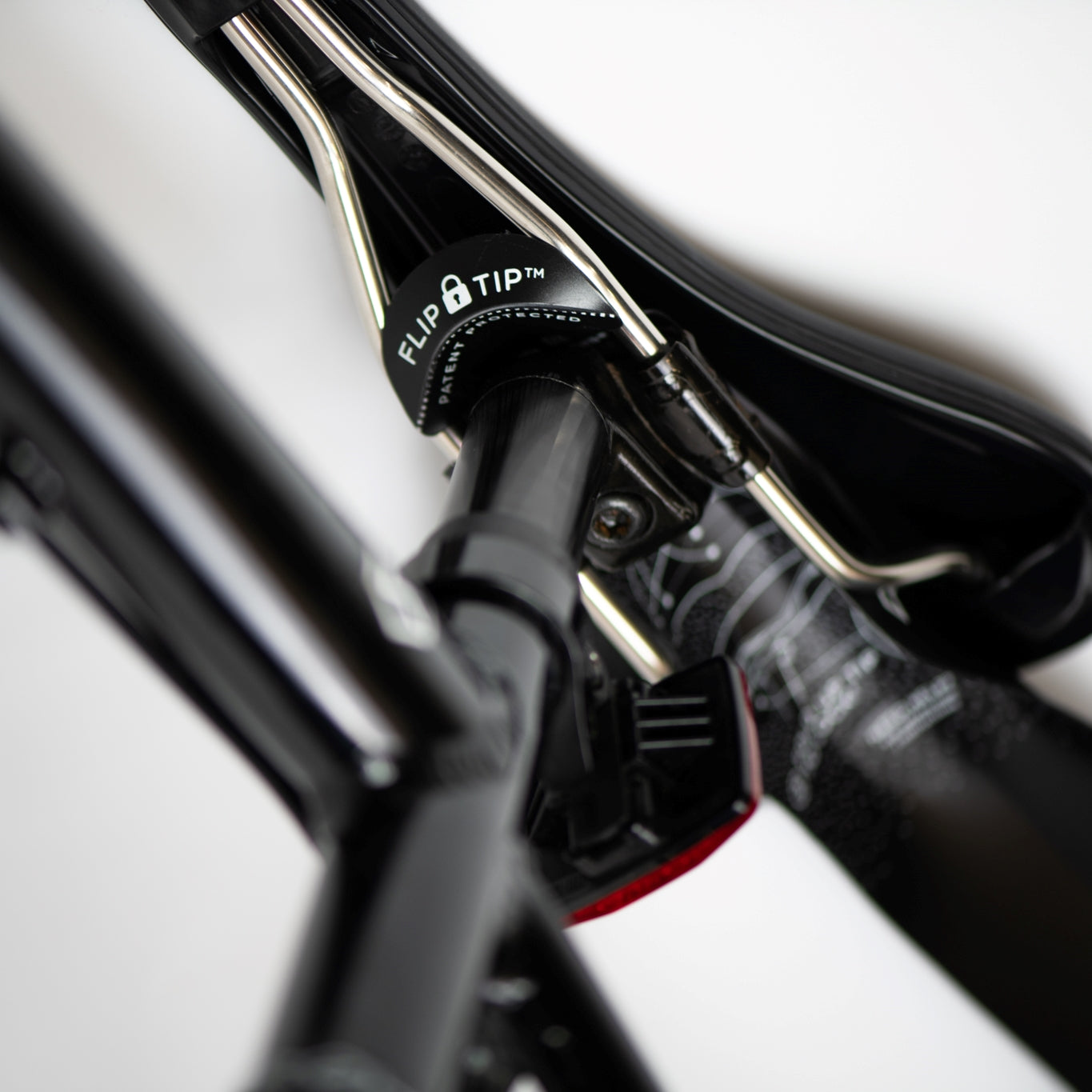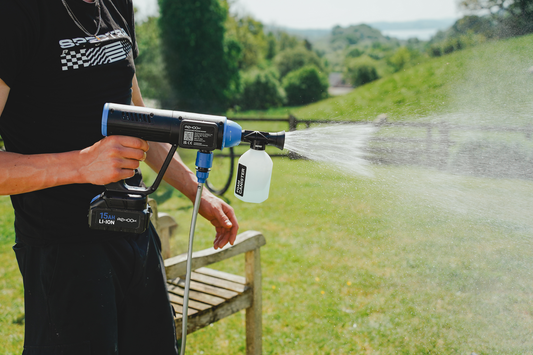Do I need mudguards?
Do mudguards slow you down?
Do mudguards prevent rock chips?
How do you put mudguards on a bike?
How much clearance do you need for mudguards?

There has been some really interesting questions coming through to us here at Rehook. Some are technical setup questions, and some are about cycling lifestyle. These next batch of questions are based around mud guards. This is an element which is sometimes overlooked, but can be really important when using your bike. In essence, a mud guard is to stop you and your bike getting dirty. They are sometimes called fenders, and come in various shapes and sizes.
Do I need mudguards?
Do you want to get mud, water and dirt sprayed up your legs and back? No? Then You need a set up of mud guards. They come into their own when you can’t afford to get your clothes dirty. This is usually the case when you commute to work for example. You want clean clothes when you arrive, and mud guards can help prevent the embarrassment of arriving covered in filth. The other use which people often forget is you also need to protect your bike. A good set of mud guards will stop dirt and stones flying into your brakes and gears. If you look after the components on your bike, it will last longer and require less maintenance or replacement parts. Everyone wants to save money don’t they?
Do mudguards slow you down?
This is a really interesting question, with a surprising answer. You would assume the extra weight slows you down, but in actual fact, mud guards tend to speed you up. This is because when the wheels spin round, the rear side of the tyre causes drag. This means the air doesn’t flow properly. A mud guard can interrupt this drag and make you more aerodynamic. This will make cycling easier and faster. Why do the pros not use them? A simple answer is they’re banned. This is an old ruling which I think will change in the future. You may have noticed in open wheeled racing cars, they tend to use mud guards to reduce drag. It is the same principal on your bike.
Do mudguards prevent rock chips?
Rock chips can ruin the look of your bike, and damage components, so protecting it is very important. A good strong mudguard can stop this to a certain degree. The guard should stop a lot of the smaller stones lifted by your own wheels hitting your bike, but can’t stop stones from cars hitting it. There isn’t a way to stop 100% of stones hitting your bike, but a decent mudguard will certainly help. I definitely recommend the use of a mud guard all year round.
How do you put mudguards on a bike?
The answer to this can depend on the style of your bike and the mudguard. The first and most important thing is to read the instructions provided with yours. However, in general there are only a few ways they attach. The most simple is the use of cable ties. Our Rehook mud guards use these. You simply have four cable ties which are placed through the premade holes then wrap around your forks or frame. It is held securely in place and is ultra lightweight The majority of lesser quality mudguards use a clamp which is screwed onto the frame and the angle of the guard is held in place by another thumb screw. These are very prone to slipping. This is not only annoying, but actually quite dangerous if it were to slip into the spokes whilst riding. Another option is a lot more old fashioned. The guard will bolt to the frame, and the guard will then have bars which then bolt to the middle of the wheel. These are very secure, but can be quite heavy and unfashionable. The choice is yours.
How much clearance do you need for mudguards?
For this, there are some split opinions. Some people think the mudguards need to be as close as possible, maybe 5mm. They say this because it will stop more of the splatter and drag, but I think the negatives outway this. All mudguards will wobble, regardless of the style. So having it very close means it will hit your tyre, this will damage your tyre and the guard. It can also be dangerous if it were to jam up. I personally stick to about 20-40mm. This is because it gives me enough coverage from mud and rain, but never hits the wheel. The best way to decide may be to adjust the guard and trial it for yourself, to see which you prefer.
UPDATE: Check out our Rehook Ass Saver, a revolutionary clip on saddle mudguard with no need for additional tools to install!


